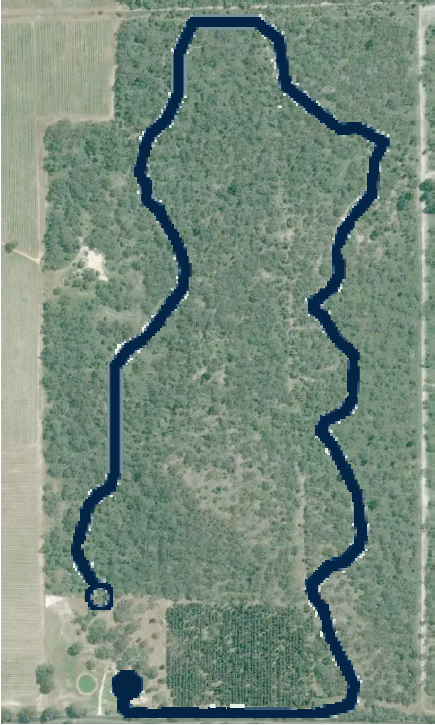Bushwalking
Step into history
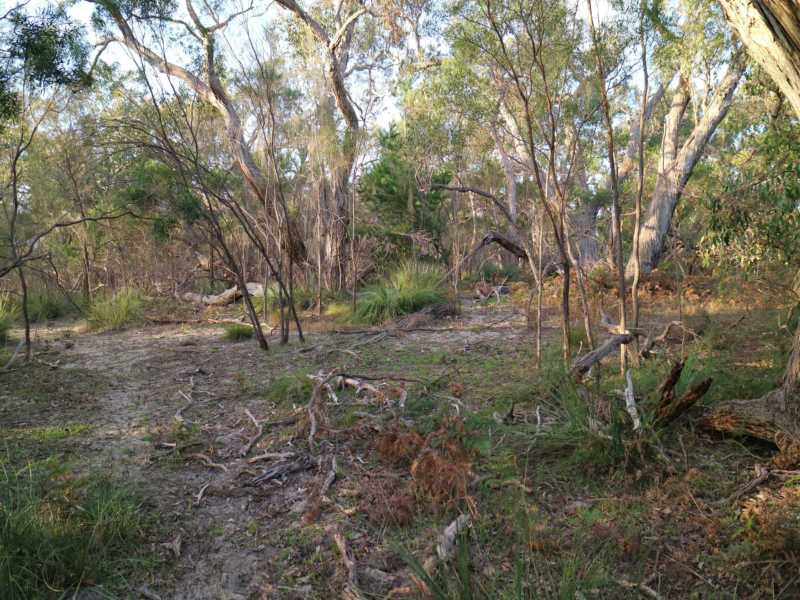
We are lucky to own a piece of the South East's history in our virgin bush forest - protected forever by a heritage agreement with the State Government. You can walk in the footsteps of the original Aboriginal inhabitants from 40,000 years ago and find nothing has changed in here.
The habitat is largely Brown Stringybark/Rough-barked Manna Gum (E. viminalis subsp. cygnetensis) open woodland with isolated Blackwood (Acacia melanoxylon), and Silver Banksia (Banksia marginata), Native Box (Bursaria spinosa), and Bracken (Pteridium esculentum) understorey.
While the occassional cow may have escaped into our forest (as evidenced by the one or two large bones we have found), the land has never been worked and is at was before white colonisation.
On our bushwalking track I have personally seen the following animals:
Bush Wallabies
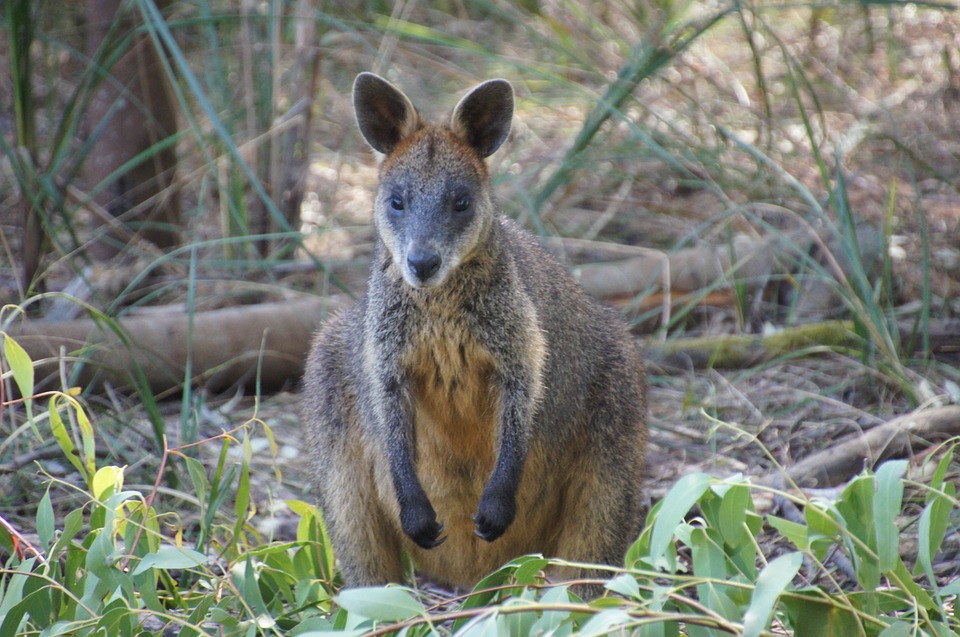
Eastern Grey Kangaroos
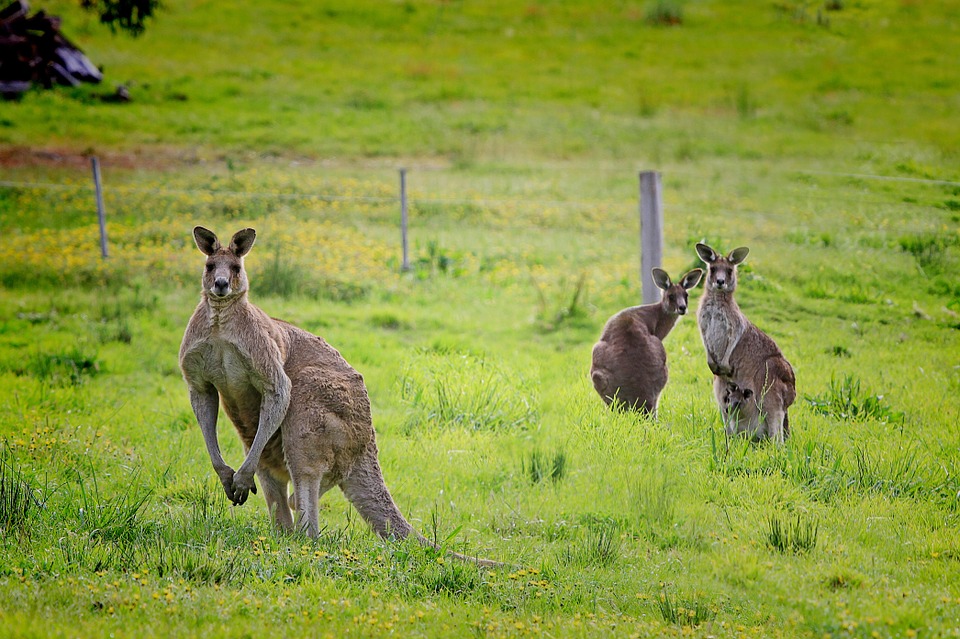
Echidnas
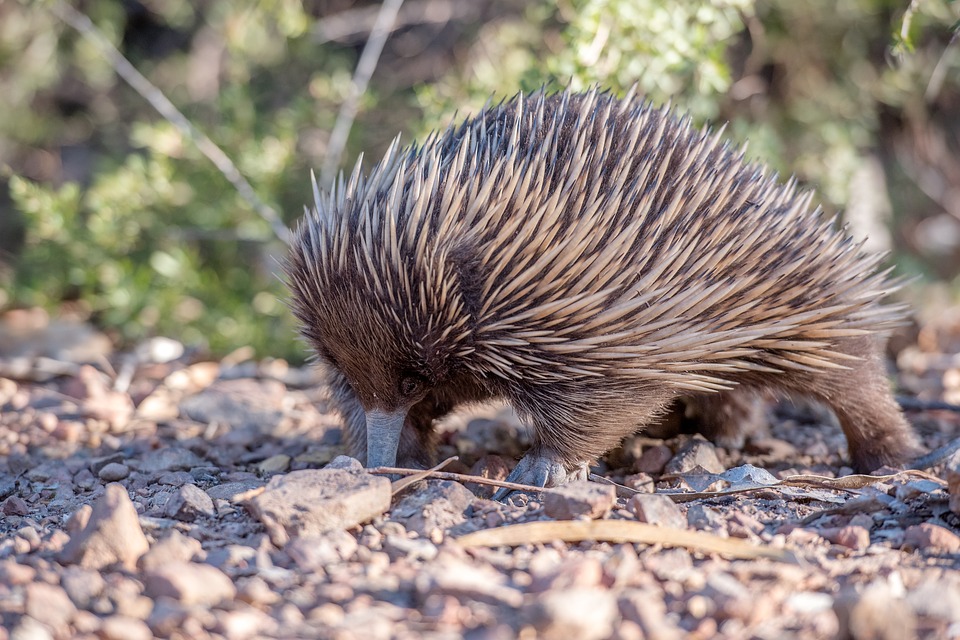
Sugar Gliders

Red Tailed Black Cockatoos
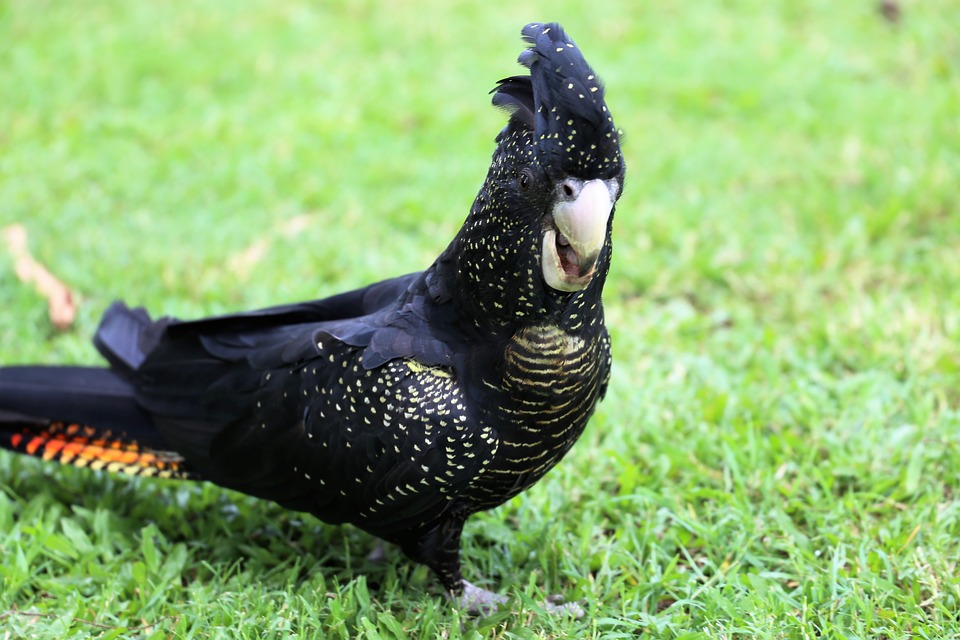
Koalas

Emus

Wombats

Wild Deer.
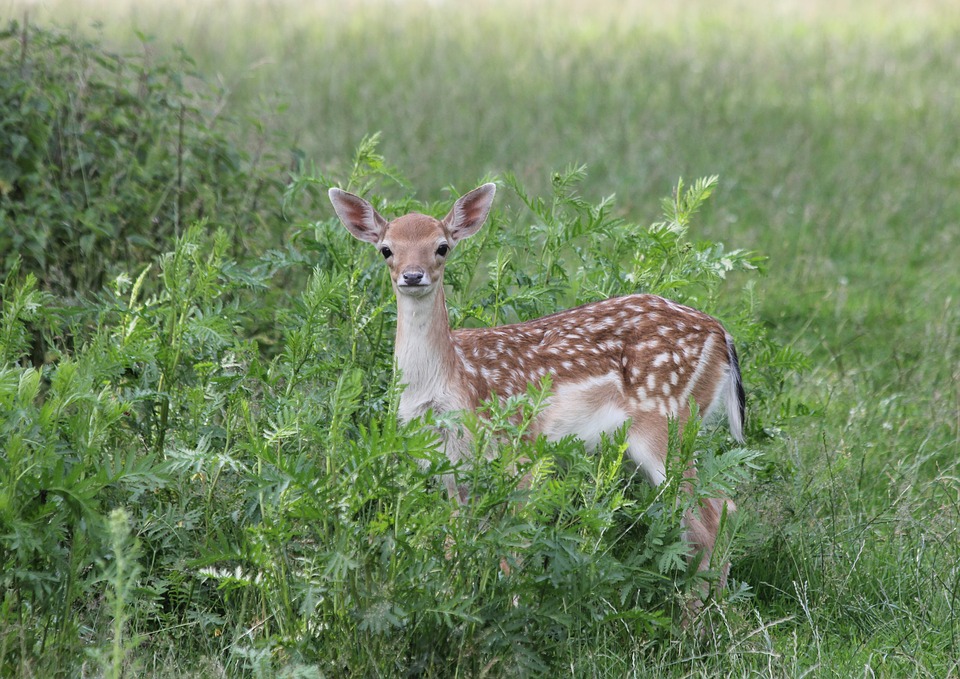
Eastern Brown Snake

(NB: You won't find these unless you are well off the track and searching under the ferns...
If you are in a hurry turn left at the top of the walk and come back down through the vineyard - this will shorten the walk to just 45 minutes. The track gently rises from 50m to 82m above sea level and is suitable for all walkers.
In addition, you can access the Comaum State Forest from our rear boundary which is HUGE (11,000Ha), and we have permission to access the 200 acre bush block next door to the East. Glen Roy Conservation park (560Ha)is also close by.
Inspections by the NRM team have found a very low proportion of introduced species of weeds, meaning this bush block is very close to original. The animals who live here have not been hunted or harassed by humans and are quite quizzical in their encounters with us.
An Australian Native Orchid research team discovered 18 separate varieties of native orchid on this block in August 2017.
Common Bird Species: Crimson Rosella, Laughing Kookaburra, White-throated Treecreeper, Superb Fairywren, White-browed Scrubwomen, Australian Magpie, Black-winged Currawong
Less Common Species: Grey Goshawk, Latham’s Snipe, Southern Boobook, Red-tailed Black Cockatoo, Pied Currawong, White-browed Woodswallow, Satin Flycatcher
Red Tailed Black Cockatoos are an endangered species in Australia and we are fortunate to have a group living on the farm. The Riverland Field and Naturalists took these photos of a male and a female Red Tailed Black Cockatoo in the North Eastern corner of the block in 2016. Underneath is a photo of my red tail feather, found in the park in 2017 and treasured.


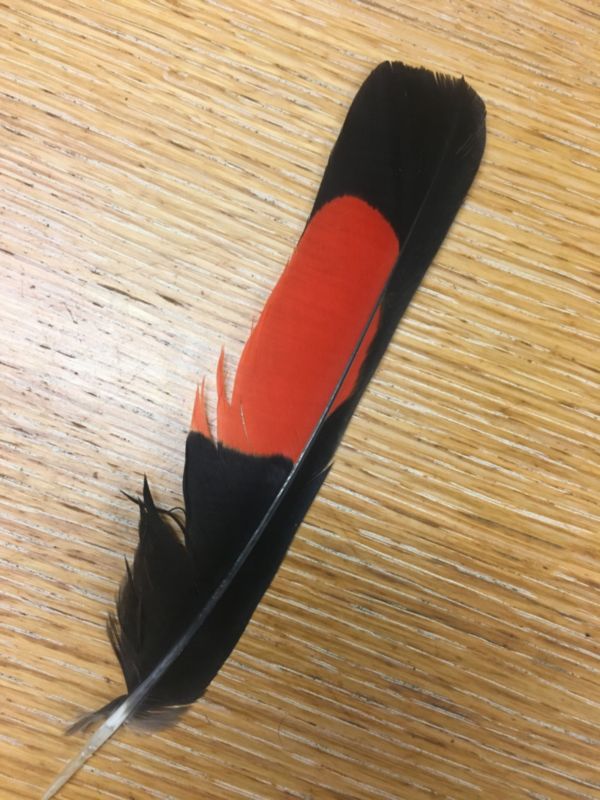
Each September we hunt for Morel mushrooms in secret locations and they always provide us with a luscious feat or two - they are $160 per kg at the Adelaide Market! If you havent eaten Morels before - look them up. Visit in September and we can show you where to find them. Here are some from last year:
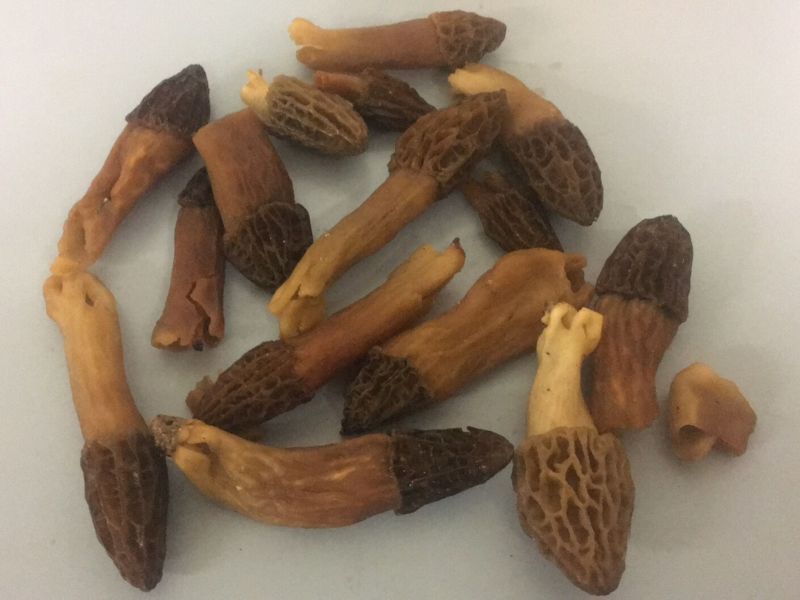

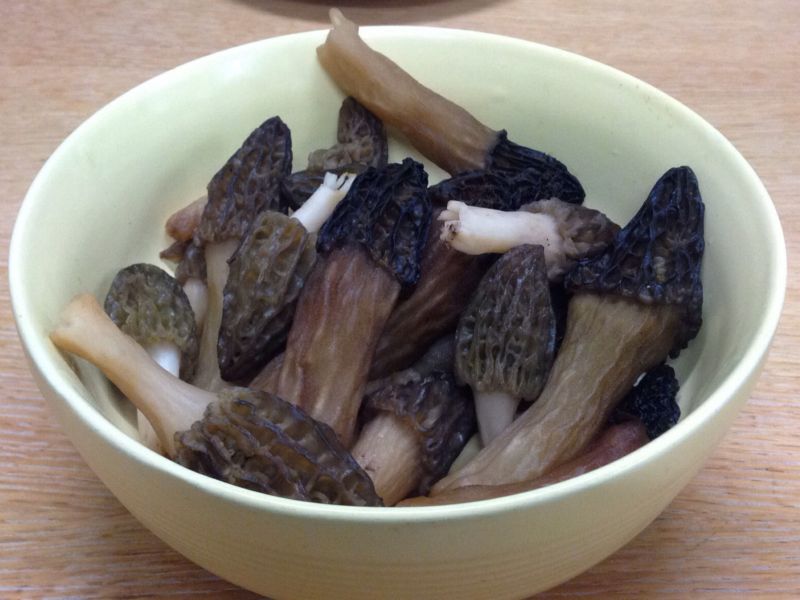
The bushwalking track is 1.9kms of 3m wide cleared path which is maintained and sprayed by us. It was carved out of the bush with minimal damage to trees or landscape. It can be used by walkers, bike riders, quad riders and 4-wheel drivers. It is imperative that no rubbish be left in the bush, and that the animals are not fed, chased or injured in any way. An accurate map of the bushwalking track is shown below:
